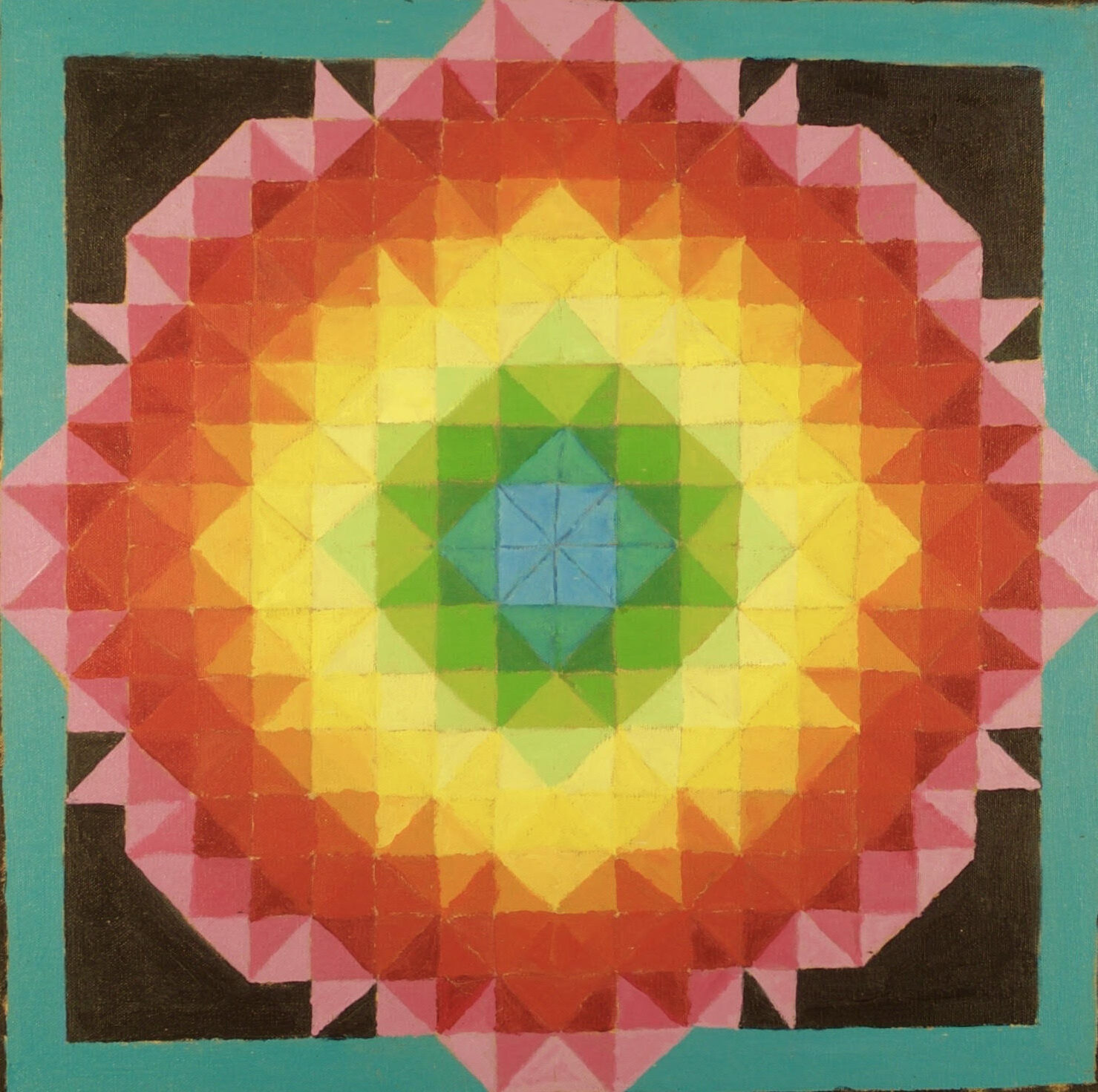

I have followed the progress of a group of astronomers since the 1990s. Brent Tully, Hélène Courtois and the rest of the team have recently been working with telescopes in Chile and in Hawaii to search out the large-scale motions of the universe and have isolated our supercluster. Our supercluster contains about a hundred thousand large spiral galaxies like our own Milky Way held together in a gravitational watershed of motion. By mapping local galaxies, their location, their velocity and their direction, they have made a startling discovery. The galaxies are all in motion, being pushed away from a place they call the Dipole Repeller, somewhere in or near Aquarius, and being attracted to a place near Centaurus which has been called the Great Attractor.
The universe seems to have been organized in superclusters, and the galaxies move within that volume of space. Our watershed has been named Lanikaea, Hawaiian for “Immeasurable Heaven”. Our galaxy sits on the very outskirts of Laniakea near another supercluster, the Pisces-Perseus supercluster, with its own watershed of motion.
Here is one of the astronomers’ maps showing our position in our supercluster and some of our nearby superclusters, like Shapley and Coma. The dark blue areas are cosmic voids where there are very few galaxies. Our galaxy is right on the edge of the Local Void. The white lines are the pathways of galaxies from their birth in the cosmic voids to their likely destruction at the Great Attractor. All the galaxies in the supercluster move towards the centre. There are many superclusters in the cosmos. Many border our location.

In August, 1998, my wife and I attended the Saskatchewan Star Party at Cypress Hills and late at night, after the best observing stars had set, we turned the world’s largest glass telescope toward the black southern sky. There are very few stars or galaxies in this direction, so we observed galaxies within the Pisces-Perseus supercluster. They looked like specks of dust.
THE DIPOLE REPELLER AND THE GREAT ATTRACTOR

In this diagram, our galaxy is part of the Local Group. To the left is the Great Attractor in the direction of the Shapley Supercluster and to the right, a black void of space containing the Dipole Repeller.
Map of our supercluster

In the map above, the Great Attractor is near Centaurus, and our position is marked by a blue dot with red and green arrows close to Virgo. Further away is another supercluster, Perseus-Pisces. The Arrowhead cluster can be seen closer to Virgo. As it turns out our galaxy and our neighbour Andromeda are both approaching the Virgo cluster, a gathering of many galaxies that are all moving together towards the Great Attractor.
As you can see, this is a complicated situation with many watersheds in close proximity to each other. Close is on galactic terms, but it seems clear that the universe is not just empty space with galaxies spread throughout. It is rather more like Swiss cheese with giant voids and closely packed collections of galaxy clusters all moving coherently towards the Great Attractor. This is one of the keys to an eternal recycling cosmos.
There will be more about this amazing discovery and these important features of the cosmos. Great Attractor and Dipole Repeller are new entries in our Encyclopedia Galactica. We truly are in the Golden Age of Astronomy. The James Webb Space Telescope (JWST) is illuminating our view of deep space with images of high definition and is able to look much deeper into the cosmos and therefore a much older view of the cosmos. This is the Golden Age of Astronomy and we are going to see some big revelations as the data is examined.







